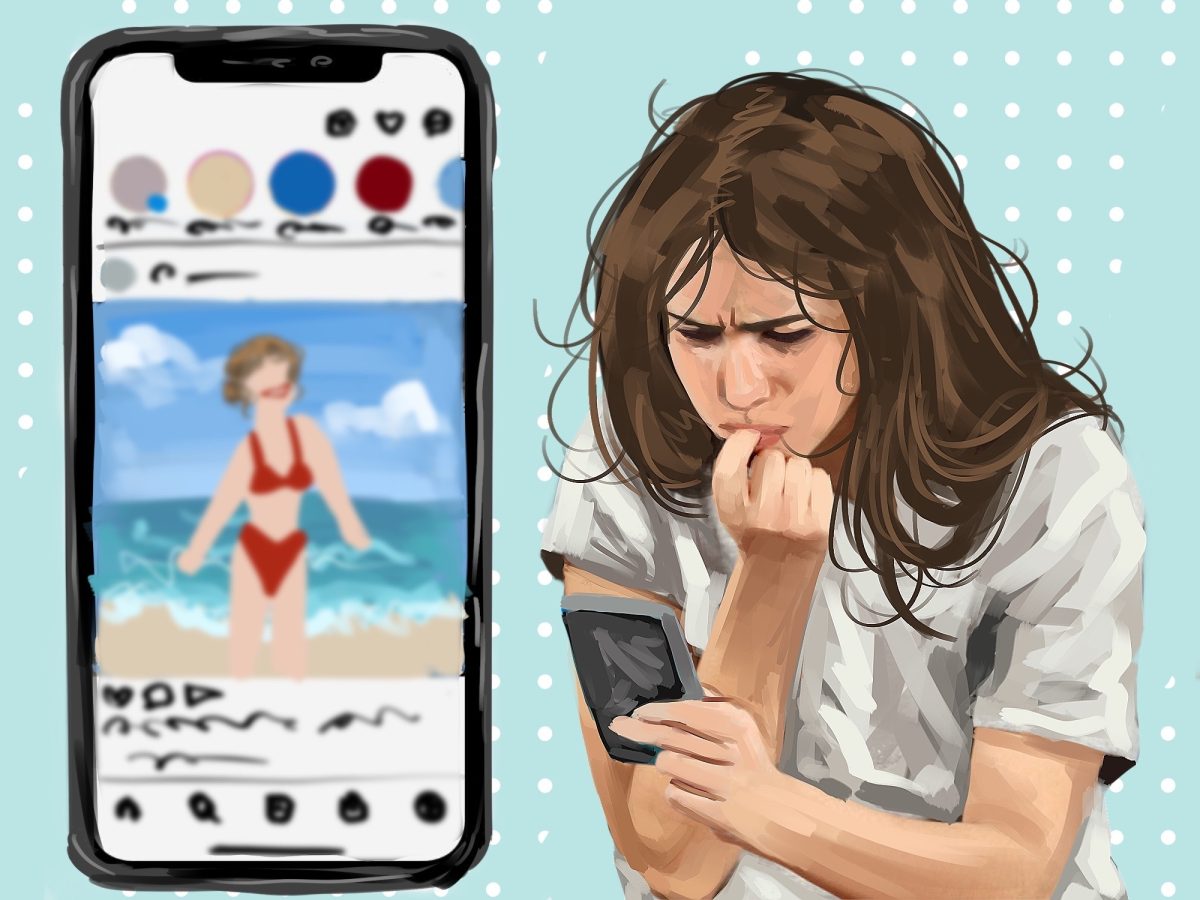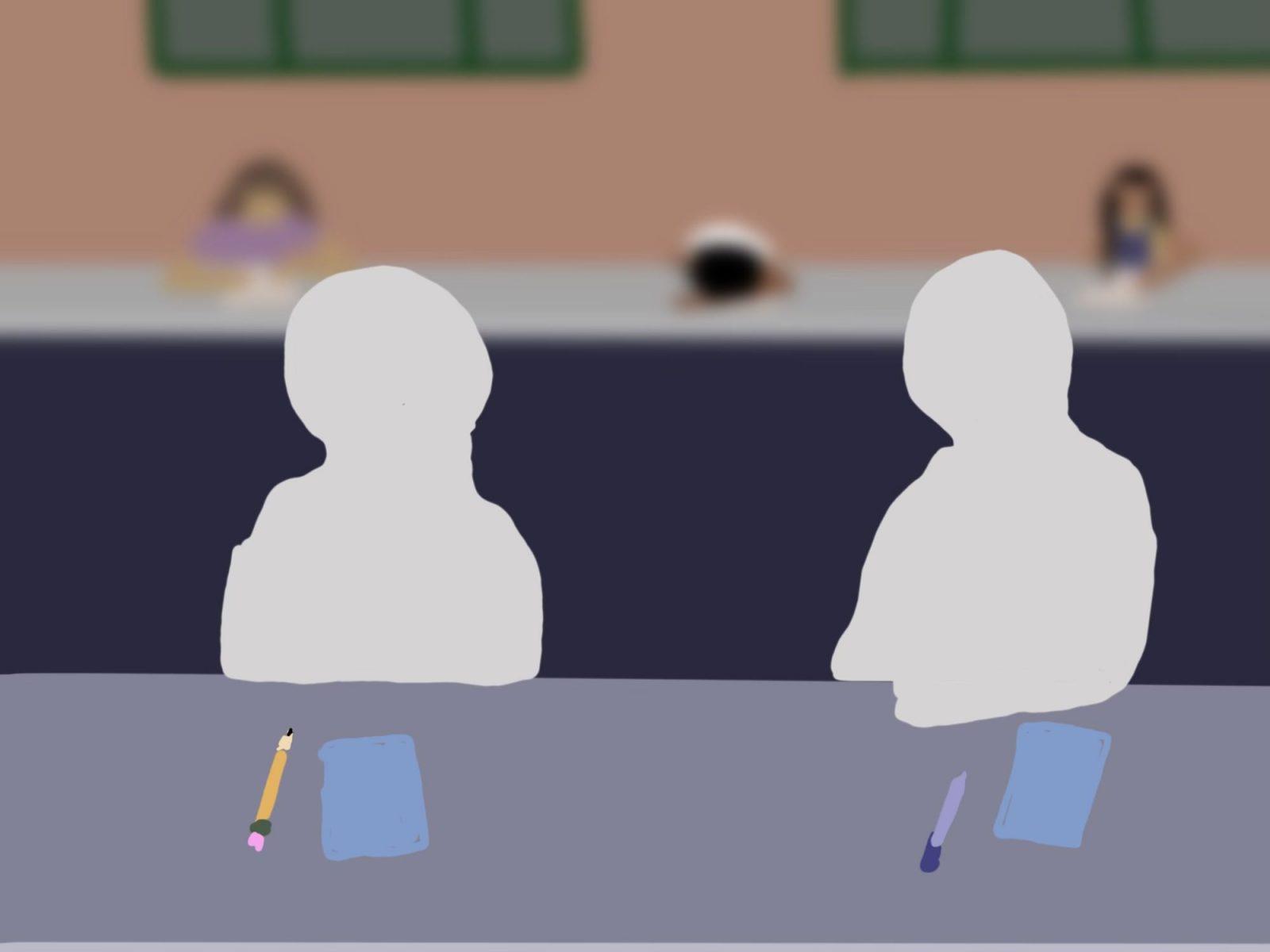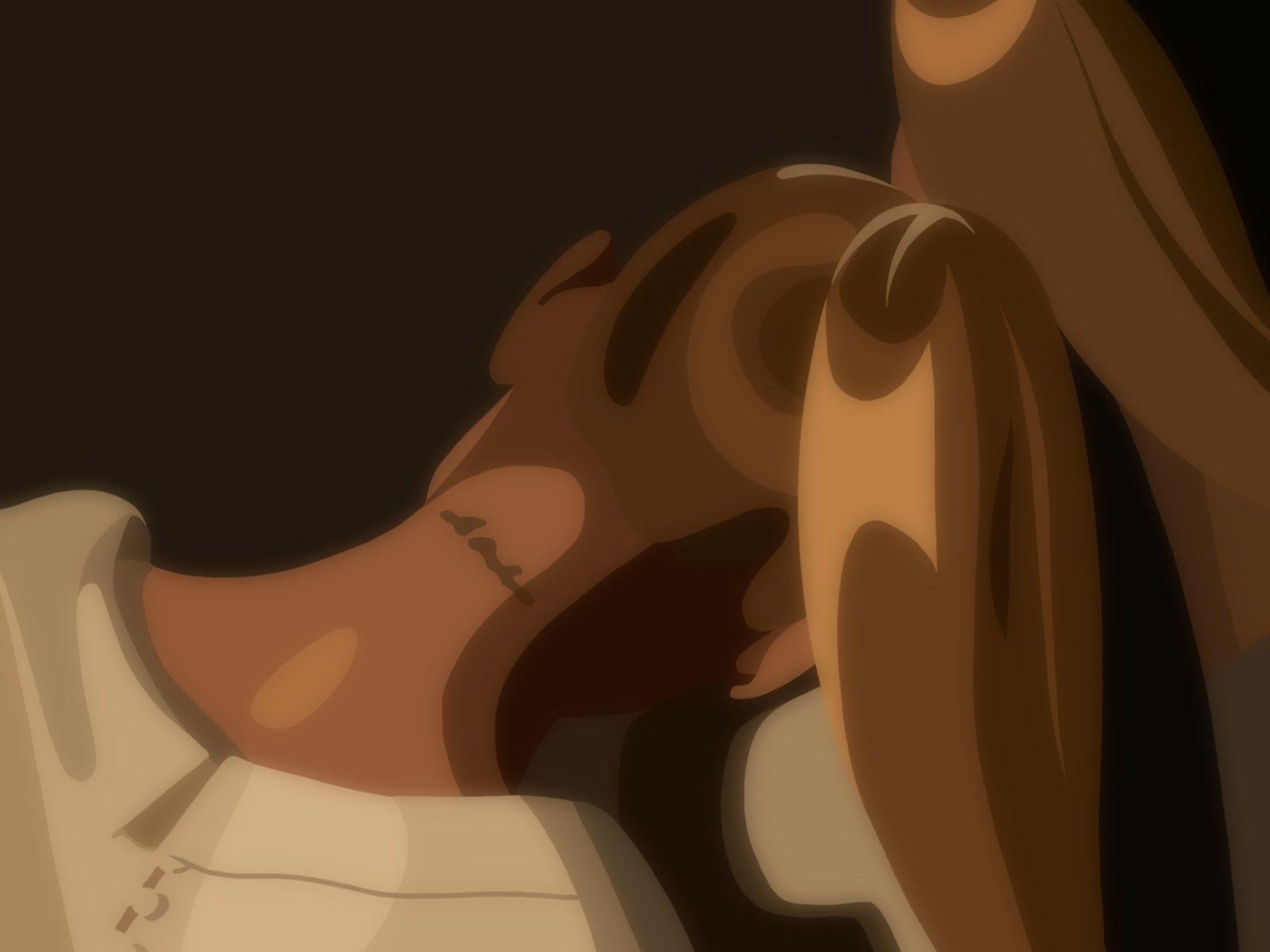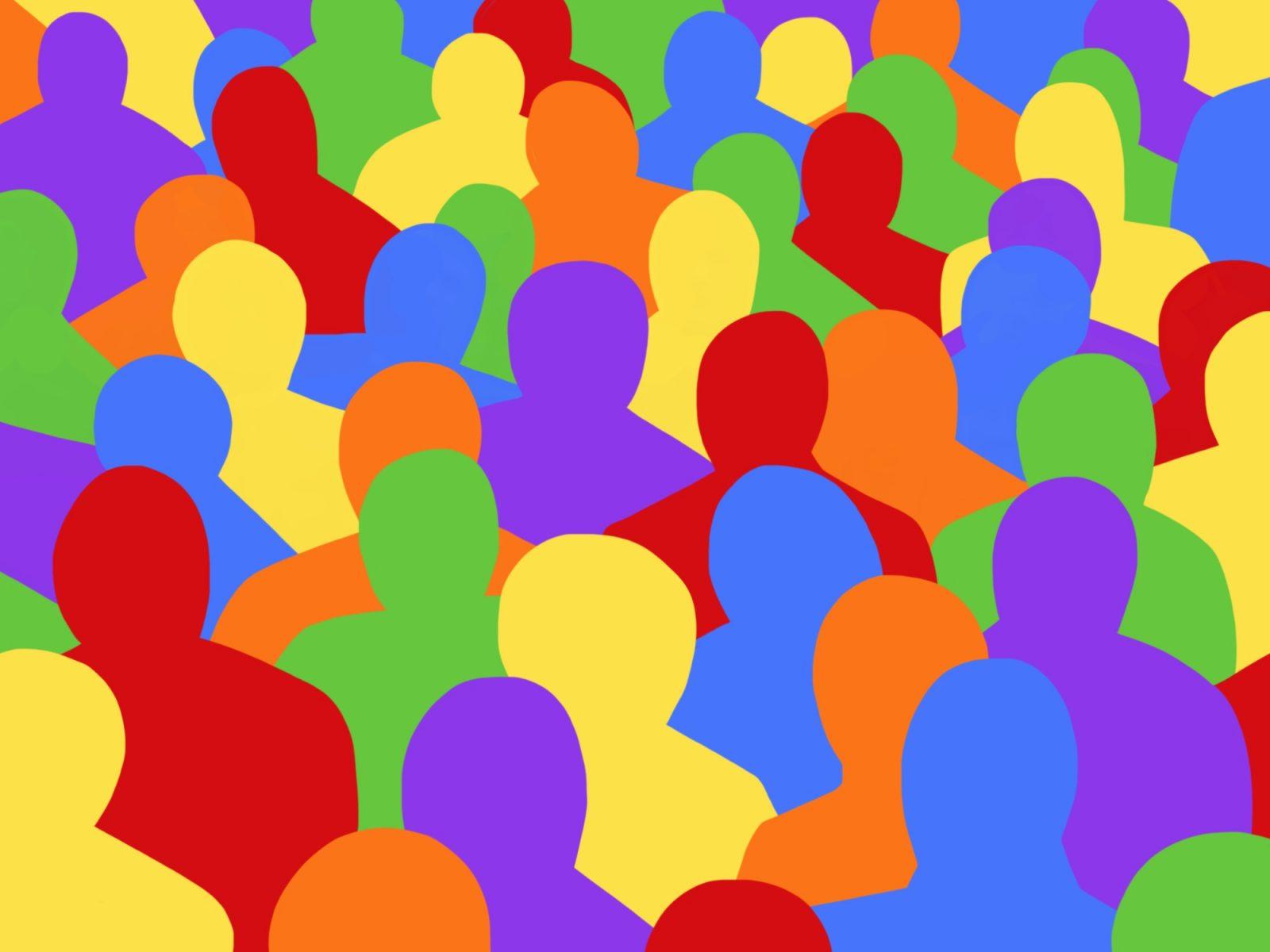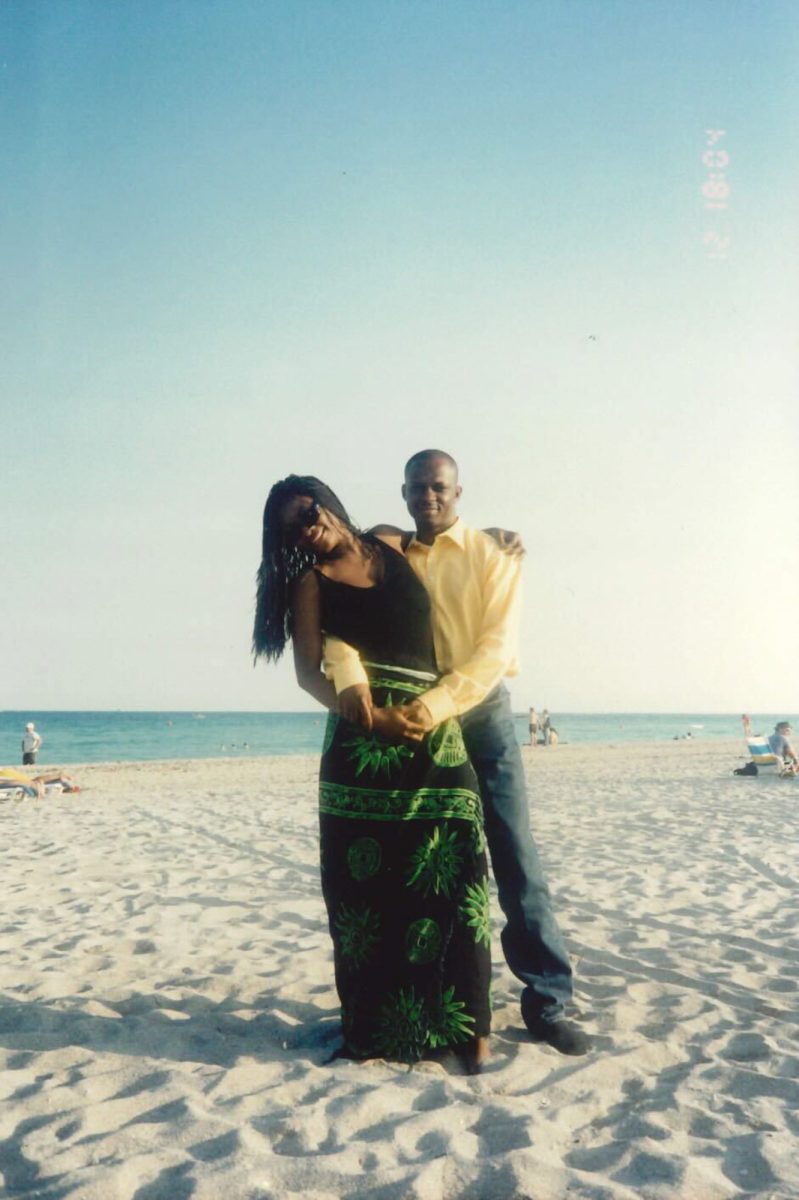April 20 has widely been regarded as a “weed holiday,” but the origins of this day are not completely clear. Some say 420 was an old California police code for smoking pot. Others attribute it to the fact there are “over 400 chemical entities” within the cannabis plant.

Whatever the true meaning behind having a holiday for smoking, taking edibles and wearing pot-leaf socks, it has certainly made itself popular amongst millions of Americans — especially college students who are using marijuana more than ever these days.
When young people think about alcohol and drinking in college, the images that come to mind are mixing drinks with friends, taking shots and the feeling of shedding your inhibitions. Drinking culture and college partying go hand-in-hand because, without the former, the latter can seem less lively and entertaining.
However, for marijuana, the connotations are usually less boisterous and more laid-back. For decades, stoner culture has seen multiple phases: from the hippies of the 60s and 70s to the phenomenon of Cheech & Chong — and their “stoner comedy” filmography — to the 20-somethings who want to enjoy a weird movie after taking an edible. Someone who has to have a more relaxed night but still wants to be under the influence may light up a joint instead of going out to a club to drink and dance.
Even popular shows like “That 70s Show” and “Broad City” feature their characters engaging in recreational marijuana use. “Broad City” in particular, showed women emphasizing “recreational” usage, with one episode, titled “Pu$$y Weed,” where the lead character, Abbi Abrams, says that she wants to be more of an adult — which includes buying her own weed. The show was an undeniable ode to millennials and female stoners alike, with witty protagonists who frequently break to “light up.”
Neither of these vices is better than the other — and can be used in moderation rather than consumed in excess. It is simply the choice of the individual of what they prefer at that moment.
Marijuana does have the stigma of being a drug that was previously only available in dark corners of the world — not something that is now available at the store down the street. Now that a majority of states have legalized marijuana — for recreational or medical circumstances — older generations may have difficulties separating that stigma from their current perspectives.
As more and more dispensaries pop up in cities across the country, buying marijuana can be as easy as picking up a prescription from a pharmacy or getting booze at a liquor store. There may still be a vocal minority who oppose the legalization of marijuana, but they are still a minority. Almost 90% of adults in the US support legalizing marijuana, according to a Pew Research survey from 2022.
Marijuana and stoners have nowhere near the broad cultural reach compared to alcohol, as people have always sought a drink — even in the Prohibition era. But why is a joint any worse than the bathtubs of moonshine from the 30s? Just because marijuana has not had legal status for as long as one of the world’s oldest vices does not mean people should not be free to enjoy it.




















































































































